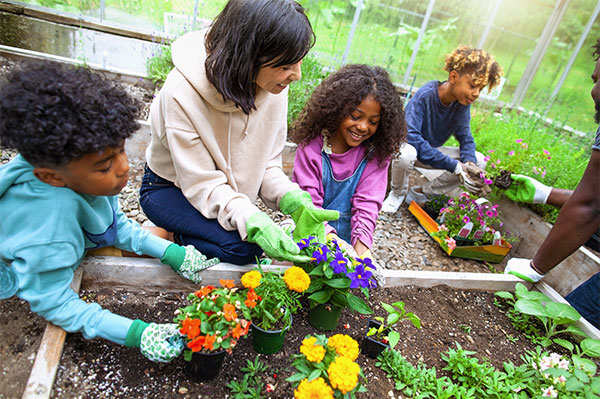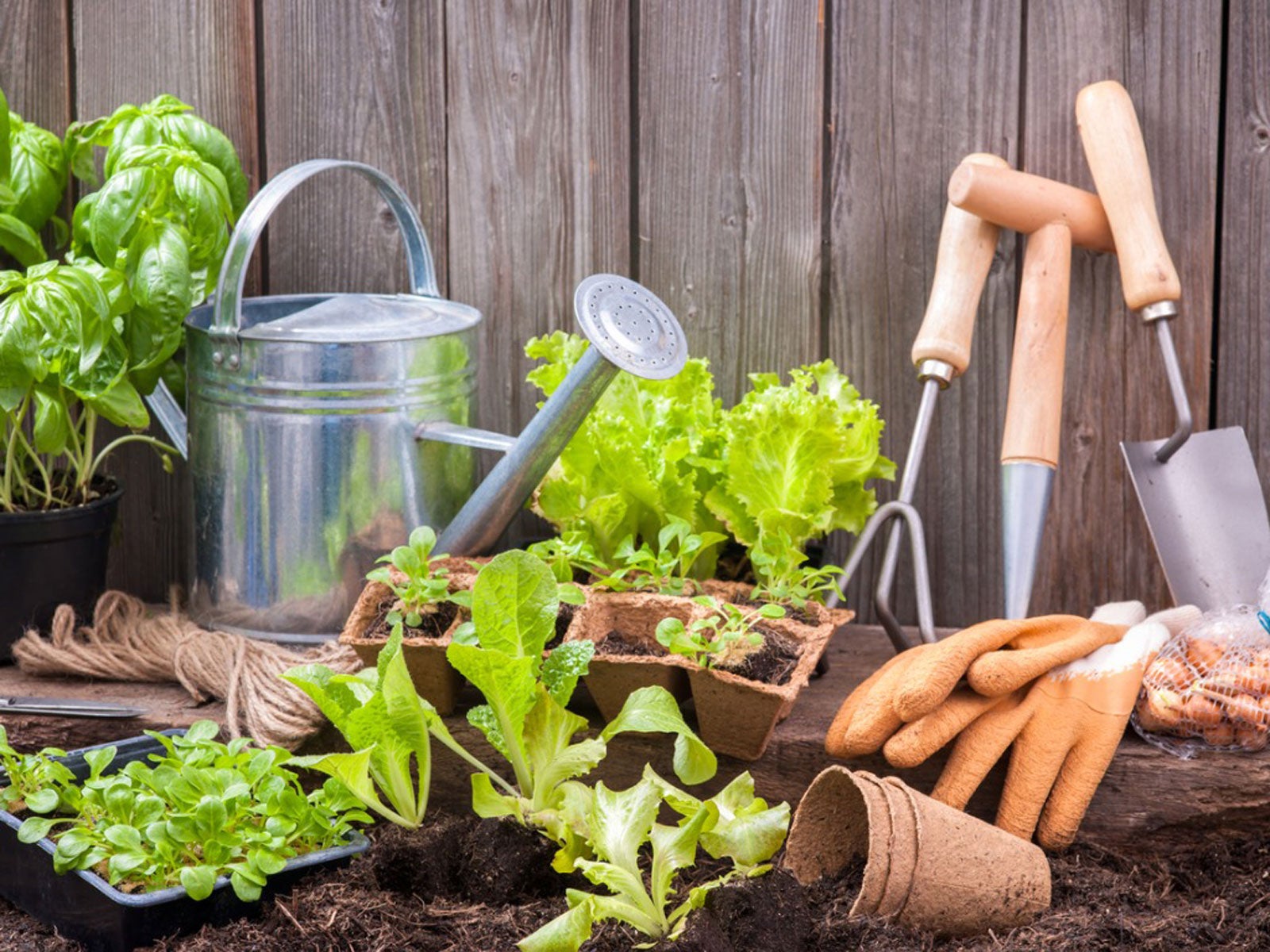Expert Gardening Tips for Producing a Lasting and Eco-Friendly Garden
Starting the journey to create a green and lasting yard includes a series of deliberate options and methods that not just improve the beauty of your room but likewise add positively to the setting. By selecting native plants that are fit to your area, you can decrease reliance on chemical plant foods and pesticides while offering necessary support to regional wildlife. Additionally, integrating water preservation techniques and organic horticulture techniques plays a critical function in preserving a healthy and balanced community. To discover more useful techniques and experienced understandings, let us explore the essential components that define an ecologically mindful yard.
Pick Indigenous Plants
Selecting indigenous plants for your yard is an essential action towards attaining sustainability. In addition, native plants commonly call for less water when developed, adding to extra effective water usage.
Beyond their sensible benefits, native plants play an important duty in supporting local biodiversity. They offer crucial habitat and food resources for indigenous wild animals, including pollinators such as butterflies, birds, and . This fosters a well balanced environment, which is vital for the wellness of your yard and the surrounding environment.

Implement Water Conservation
Executing water preservation strategies is vital for maintaining a lasting garden. Efficient water use not just reduces the ecological influence but also makes sure that plants get adequate hydration without wastage.
In enhancement, mulching is a beneficial technique for preserving water. By using a layer of natural compost, such as timber chips or straw, around the base of plants, garden enthusiasts can decrease dirt evaporation and keep constant dampness degrees. Mulch additionally assists control dirt temperature and suppresses weed development, further adding to plant wellness.
Rainwater harvesting is one more sustainable approach. Installing rain barrels or other collection systems permits garden enthusiasts to capture and store rainwater, which can later on be used during dry durations. This not only conserves metropolitan water but likewise offers an all-natural, chemical-free resource for irrigation.
Last but not least, picking drought-tolerant plant species can significantly decrease water needs. These plants are adapted to grow in low-water problems, making them excellent for environment-friendly yards. gardening tips. Executing these water preservation approaches will certainly promote a durable, lasting yard
Use Organic Gardening Methods

Pest administration in a natural yard counts on integrated insect monitoring (IPM) methods. These include motivating beneficial pests, using all-natural killers like ladybugs and lacewings, and executing crop rotation to interrupt pest life process. Companion planting, where specific plants are expanded together to fend off insects or bring in valuable bugs, is another effective strategy.
Weed control is handled through mulching and manual elimination, instead of depending on herbicides. Mulch not just suppresses weeds yet additionally saves dampness and boosts dirt wellness as it breaks down. Organic composts, such as straw, wood chips, and leaves, are particularly helpful.
Create Wildlife Habitats
Creating wildlife environments within your yard not just enhances biodiversity yet likewise sustains the ecosystem's balance. By developing spaces that attract and sustain neighborhood fauna, you can produce a thriving micro-ecosystem that profits both pets and plants. Beginning by integrating indigenous plants, as these are appropriate to your local climate and provide crucial food and sanctuary for wild animals. Native vegetation supports a variety of bugs, birds, and little mammals, adding to the eco-friendly network.
Think about including a water attribute, such as a pond or birdbath, to provide a regular water resource. Water aspects bring in a range of varieties, from amphibians to pollinators, enhancing the yard's vigor. In addition, mounting birdhouses, bat boxes, and insect hotels uses safe nesting websites and encourages biodiversity.
Leave some locations of your garden undisturbed, enabling you could check here leaf clutter and dropped branches to accumulate. These all-natural particles stacks produce environments for bugs and tiny creatures, cultivating a well balanced ecosystem. Prevent using chemical pesticides and herbicides, as they can damage advantageous wild animals and interrupt food web. By focusing on these sustainable techniques, your garden can end up being a sanctuary for neighborhood wild animals, promoting ecological health and wellness and sustainability.
Technique Composting and Mulching
A key facet of lasting horticulture, composting and mulching, significantly enhances dirt wellness and minimizes waste. Composting includes recycling organic products such as kitchen area scraps, lawn cuttings, and leaves. These materials decompose to create nutrient-rich garden compost, which serves as a natural plant food. Unlike artificial fertilizers, garden compost improves the soil with essential nutrients and beneficial microbes, fostering a much healthier garden ecosystem.
Mulching, on the various other hand, includes covering the dirt surface with natural or inorganic products, such as straw, wood chips, or shredded leaves. This technique uses numerous advantages: it preserves dirt dampness, suppresses weed development, and moderates soil temperature level. Compost additionally slowly breaks down, adding raw material to the soil and more enhancing its fertility.
To practice reliable composting, guarantee your compost heap has an equilibrium of environment-friendly products (rich in nitrogen) and brown materials (abundant in carbon), maintaining sufficient aeration and wetness. gardening tips. Regularly turning the see here now stack speeds up disintegration. For mulching, use a 2-3 inch layer around plants, guaranteeing it does not straight contact stems or trunks to avoid rot
Final Thought

Picking native plants for your yard is an essential step towards achieving sustainability.Furthermore, including native plants can boost the aesthetic appeal of your yard. These plants are adapted to thrive in low-water problems, making them perfect for green gardens. Applying these water conservation approaches will promote a resistant, lasting yard.
In final thought, establishing a environment-friendly and sustainable yard includes the critical option of native plants, the fostering of water conservation strategies, over here and the implementation of natural horticulture approaches.